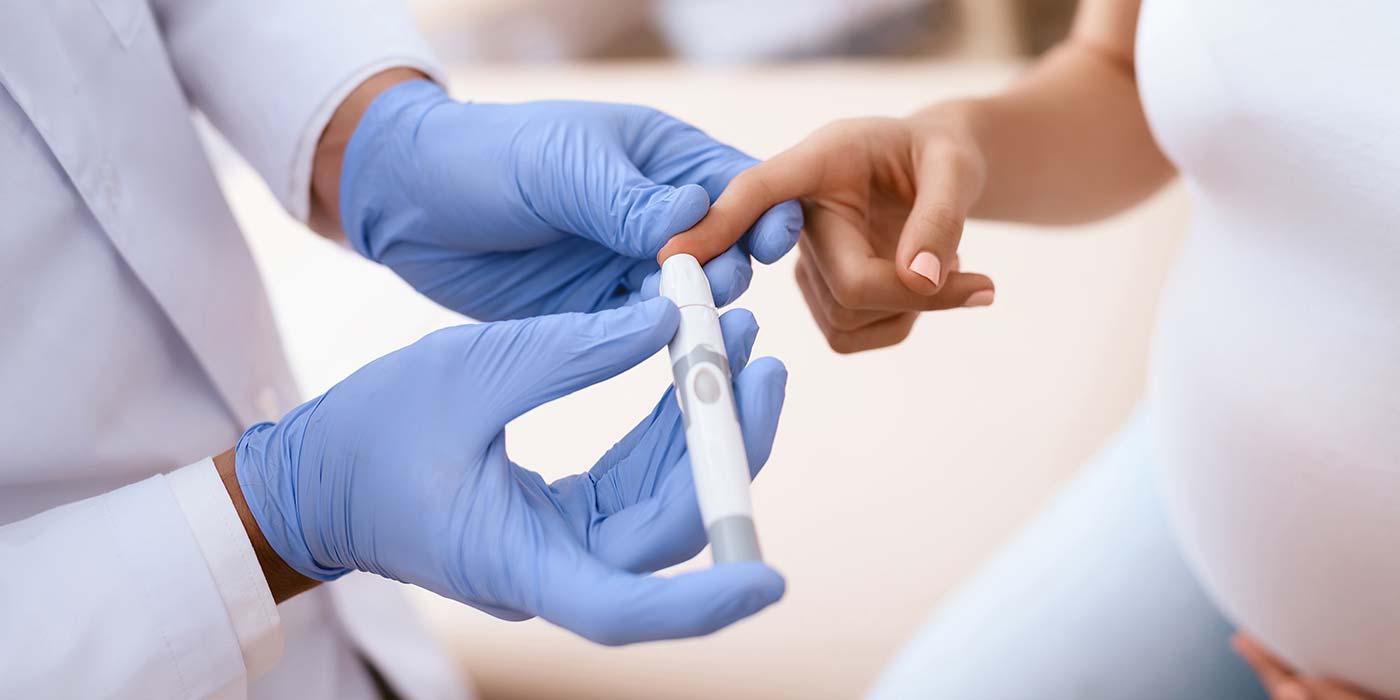What You Need to Know About the OGTT Test
The oral glucose tolerance test, commonly referred to as the OGTT test, is a powerful diagnostic tool used to evaluate how your body processes sugar. This test plays a critical role in diagnosing conditions like diabetes, prediabetes, and gestational diabetes. If your doctor has recommended an OGTT test, understanding what it is and what to expect can help you feel more prepared.
In this guide, we’ll explore how the test works, who should take it, and what your results might mean for your health.
What Is the OGTT Test?
The OGTT test measures how efficiently your body clears glucose from the bloodstream after consuming a sweetened liquid. By tracking blood sugar levels over a few hours, the test helps determine whether your body is producing enough insulin and using it effectively.
This test is typically done in a clinical setting and requires fasting beforehand to ensure accuracy.
Why Is the OGTT Test Important?
The OGTT test is used for several diagnostic purposes:
- Detecting type 2 diabetes in individuals with risk factors or symptoms
- Diagnosing gestational diabetes in pregnant individuals
- Identifying impaired glucose tolerance (a form of prediabetes)
- Assessing insulin resistance in some cases
The test is especially valuable when standard fasting blood glucose or A1C tests yield borderline results.
Who Should Get an OGTT Test?
A healthcare provider may recommend the OGTT test for individuals who:
- Have symptoms such as frequent urination, excessive thirst, or unexplained fatigue
- Are at higher risk for diabetes due to family history, lifestyle, or weight factors
- Have experienced abnormal results on other blood sugar tests
- Are pregnant and need screening for gestational diabetes
The OGTT test can uncover blood sugar problems before symptoms become noticeable, helping in early intervention and lifestyle adjustments.
How to Prepare for the OGTT Test
Proper preparation is essential for accurate results. Here’s what you need to know:
1. Fasting
You’ll need to fast for 8 to 12 hours before the test. Water is allowed, but no food or other beverages should be consumed.
2. Inform Your Doctor
Let your provider know about any medications or supplements you’re taking, as some can influence your glucose levels.
3. Comfortable Clothing
Wear loose, comfortable clothing, especially sleeves that can be rolled up easily for blood draws.
4. Plan for Downtime
The test takes several hours, so bring a book, headphones, or something to keep you occupied while you wait.
What Happens During the OGTT Test?
The OGTT test involves several steps, performed over a few hours:
Step 1: Fasting Blood Sugar
A blood sample is collected to measure your baseline blood sugar level after fasting.
Step 2: Drinking the Glucose Solution
You’ll be given a sugary drink that contains a specific amount of glucose, typically 75 grams for non-pregnant adults. It tastes sweet and can sometimes feel a bit heavy on the stomach.
Step 3: Timed Blood Tests
Additional blood samples are taken at set intervals — usually after 1 hour and 2 hours — to observe how your body processes the sugar.
During this time, you’ll be asked to stay seated, avoid eating, and remain calm to prevent any variables that could alter your glucose readings.
Understanding OGTT Test Results
The results from an OGTT test show how your body responds to glucose. Here’s a general guideline for interpretation:
Fasting Glucose:
- Normal: Below 100 mg/dL
- Prediabetes: 100–125 mg/dL
- Diabetes: 126 mg/dL or higher
2-Hour Glucose:
- Normal: Below 140 mg/dL
- Impaired Glucose Tolerance: 140–199 mg/dL
- Diabetes: 200 mg/dL or higher
Your healthcare provider will consider all measurements and may repeat the test if needed.
OGTT Test in Pregnancy
One of the most common uses of the OGTT test is during pregnancy to screen for gestational diabetes. This usually occurs in the second trimester.
If the 1-hour screening (glucose challenge test) suggests elevated glucose levels, a 3-hour OGTT test may be scheduled to confirm the diagnosis. Managing gestational diabetes is important for the health of both the parent and baby, and the test is a key tool in early detection.
What Can Affect Your OGTT Results?
Several factors can influence the results of the OGTT test, including:
- Stress or recent illness
- Lack of sleep or irregular sleep patterns
- Physical inactivity
- Certain medications like steroids or diuretics
- Hormonal imbalances
Always share your medical history with your healthcare provider so they can interpret the results in context.
After the Test: What Comes Next?
Once the test is complete, you can resume normal eating and activity. Your doctor will review your results and provide guidance based on your glucose response.
If your results are normal, you may not need additional testing right away. If they’re elevated, you may be diagnosed with prediabetes or diabetes, or referred for additional follow-up.
Managing High Blood Sugar Results
If the OGTT test shows elevated glucose levels, your doctor may recommend a combination of the following:
- Dietary changes focused on reducing refined carbs and sugar
- Increased physical activity like walking or strength training
- Weight management if applicable
- Regular monitoring of glucose levels
- Medication in cases where lifestyle changes aren’t enough
Early intervention can significantly reduce the risk of complications associated with diabetes.
Pros and Cons of the OGTT Test
Pros:
- Provides detailed information about your glucose metabolism
- Effective for early detection of diabetes and prediabetes
- Essential for gestational diabetes diagnosis
Cons:
- Time-consuming (typically 2 to 3 hours)
- Requires fasting and multiple blood draws
- May cause temporary side effects like nausea or dizziness from the sugary drink
Despite these drawbacks, the OGTT test remains one of the most accurate ways to assess glucose tolerance.
FAQs About the OGTT Test
Is the OGTT test painful?
Only the blood draws may cause slight discomfort. The glucose drink may also cause mild nausea in some people.
Can I drink water during the test?
Yes, water is typically allowed and can help prevent dizziness or nausea.
How long does the test take?
Plan for around 2 to 3 hours, depending on the number of blood samples required.
What if I fail the test?
Failing the test doesn’t mean something is wrong permanently. It means your glucose metabolism may be impaired and requires medical attention.
Can I take the test if I’m sick?
Illness can impact results. It’s best to reschedule if you’re unwell to ensure accuracy.













